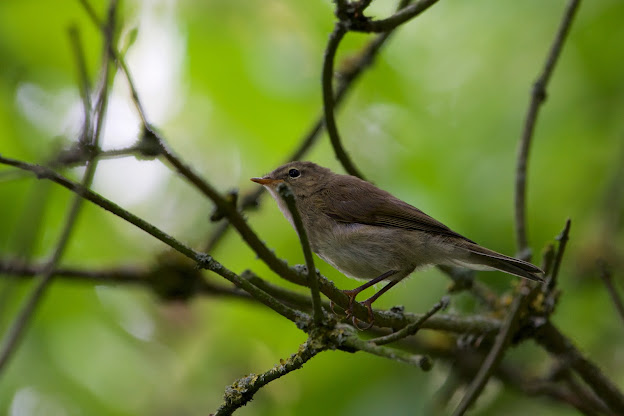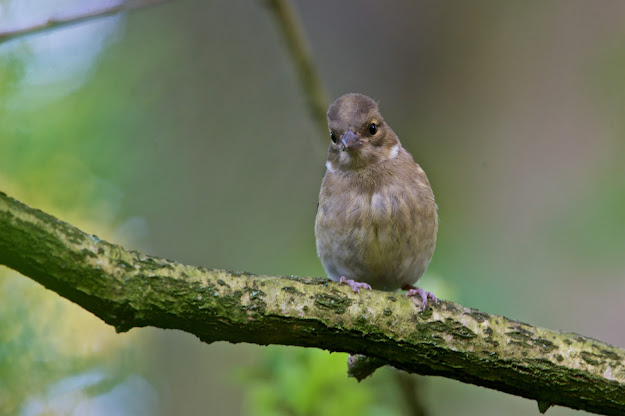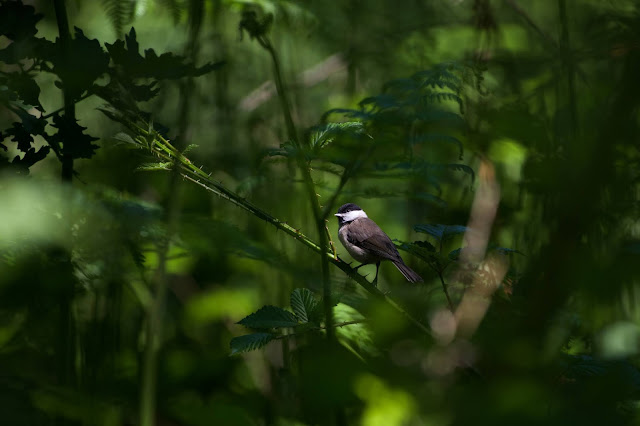Bird Stories - Bird Watching Vs Bird Photography

Earlier during the week on a birding walk, my son asked me a question - Papa do you like bird watching or photography? I didn't know why he asked this out of the blue, so I answered - not sure Aadit, let me think. I wasn't sure so, I posted this question on my twitter account (@BirdsAroundMe) to get views from fellow birders and photographers. It has helped to shape my answer. On the next walk last Friday, I asked Aadit - why did he ask? And his answer left me a bit emotional and gave me a different perspective - a simple, innocent, child's perspective. I asked him to write it for me and Aadit(12) did it today. Sharing with you all. Please do read and feedback. Ashutosh Jhureley @BirdsAroundMe Bird Watching Vs Bird Photography Some people like bird photography and some like bird watching. Personally, I like watching, most of the time when you’re watching you think, “wow that was stunning” and when you are photographing often it is “missed it again”. When you’re taking ...


.jpg)


